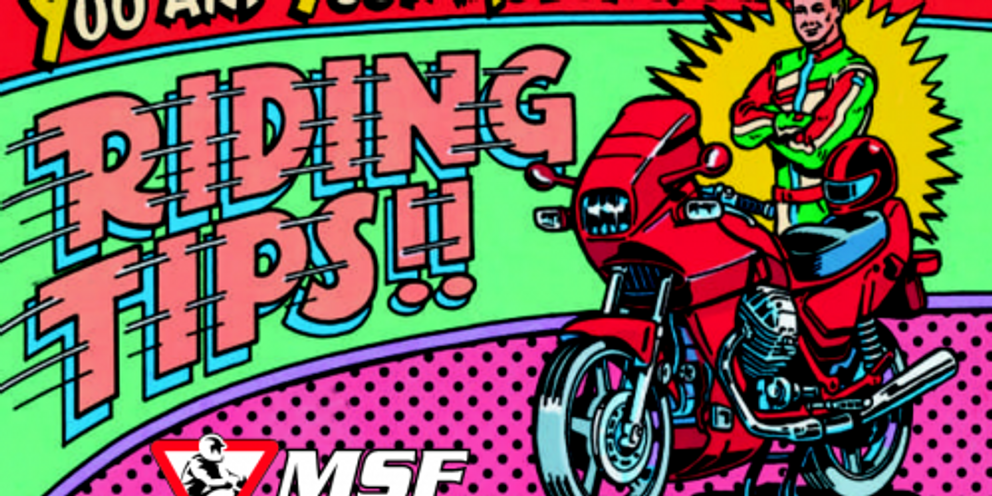
Motorcycle Safety Tips For Riders At All Skill Levels
Summertime is here, the snow has melted off of the major highways and populated areas all across the USA. Motorcycle enthusiasts young and old have removed their motorcycles from the long winter's sleep and dusted off the cobwebs, shined up the tank and fairings. They've suited up and are ready to twist on the throttle for the first ride of the season.
If you're lucky enough to live in California, Florida and other warmer climates you may have already begun racking up the miles on your motorcycle or scooter this year. As we eager to ride individuals begin ripping through twists and turns while we shift through the gears a sense of freedom like no other sets in; and we get lost in the feeling of riding uninhibited by a vehicle body, and windows. It's the closest feeling to being able to fly.
The adrenaline rush, the feeling of your heart pounding with every RPM increase, the fluid movement of road, bike & rider in an endless dance of skill, balance, speed and show all for the thrill of the rider. All of these feelings are normal to any bike rider, the feelings are increased and intensified by the addition of a gasoline engine and it's sheer output of horsepower and torque.
As a rider it's easy to get caught up in the euphoria and intensity of the ride. So easy that you can get so wound up in the thrill of it all that you may forget some of these basic rules for the rider on the road. Just as we use the F.I.N.E.C.C. To prepare the motorcycle for the road. (Fuel, Ignition, Neutral, Engine On, Choke & Clutch); we have to use logic and common sense before we aimlessly head down the highway.
The rule to keep in mind is to always stay visible. This means wearing reflective clothing or adding reflective tape or strips on your riding outfit. Also wearing light coloured clothing helps other drivers see you more visibly. Always ensure that your headlight, tail light and turn signals work properly. Stay clear of other drivers blind spots to help them see you clearly.
You must also dress for safety when riding your motorcycle. ALWAYS and I do mean always wear a safety helmet to protect your most valuable asset; YOU and your head. Wearing eye protection will help to keep floating objects out of your eyes and keep your vision protected. Wear bright clothing and a light coloured helmet for the best protection. The bright clothes and light helmet make it easier for other drivers to see you.
Along with the proper colour of clothing make sure you wear long sleeves and long pants, boots that come over the ankle for support. If you have thick clothing or leather riding gear this will save you from the injury due to it's thickness and density. Remember the only thing between your skin and the road if you fall is what you are wearing.
Inspect your motorcycle ensure that your motorcycle has working lights, horn and that all of your fluid levels are full. Check your engine oil, brake fluid level in the master cylinder. Inspect all of your equipment, chain tension and lubrication, ensure that you have working turn signals, check the air pressure in the tires. Adjust your side view mirrors, inspect the brake and clutch cables to make sure they are not fraying or wearing out.
Once all of your safety checks have been completed then and only then is it time to prepare to hit the open road. Make sure as you pull out on to public roadways you keep yourself in check. Remember to always keep your bikes limits in check (your bike is probably built to out perform anything you can handle so know your limits too.) Stick to the posted speed limits, excessive speed kills.
Keep a minimum of a 3 second space cushion between the cars in front of you and behind you. Never tailgate another vehicle. Be sure to use your turn signals when exiting roadways or changing lanes. Be courteous to other drivers, don't ride in their blind spots, keep a good attitude and drive defensively and and stay safe. Take the time to practice and improve your riding skills, make everyday a reason to ride and learn how to improve your riding habits.
Resource links below:
Updated